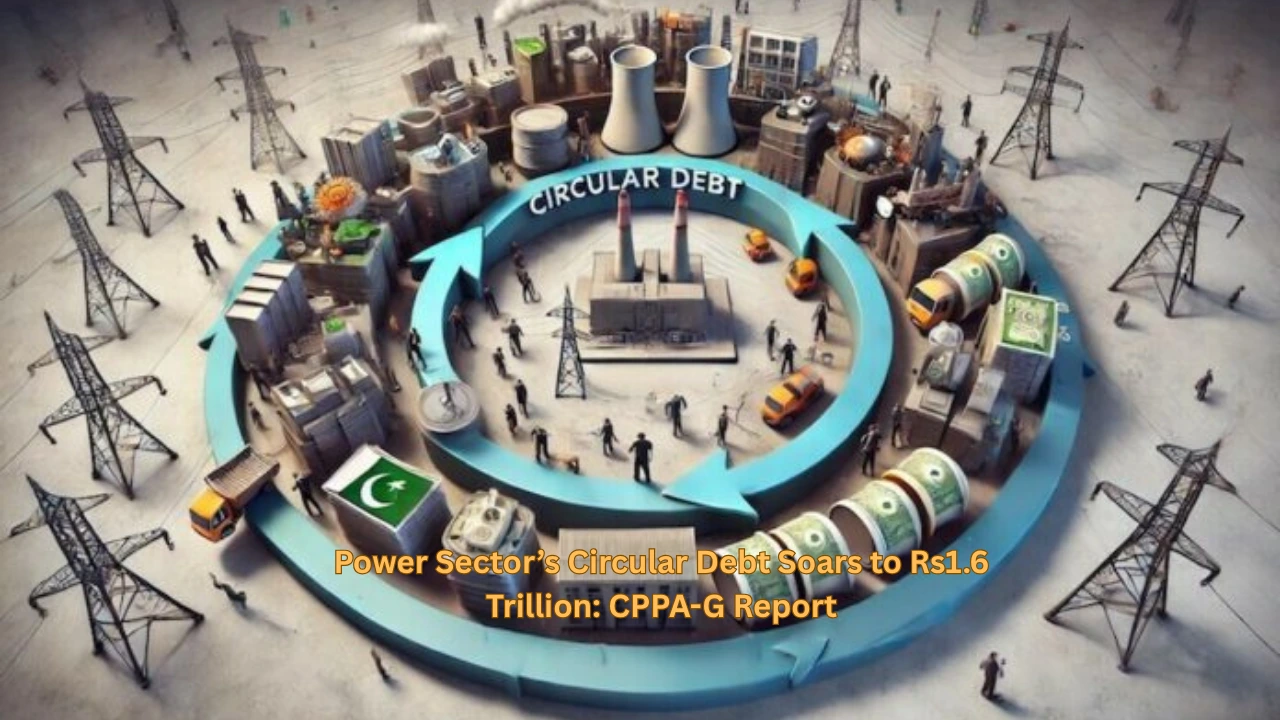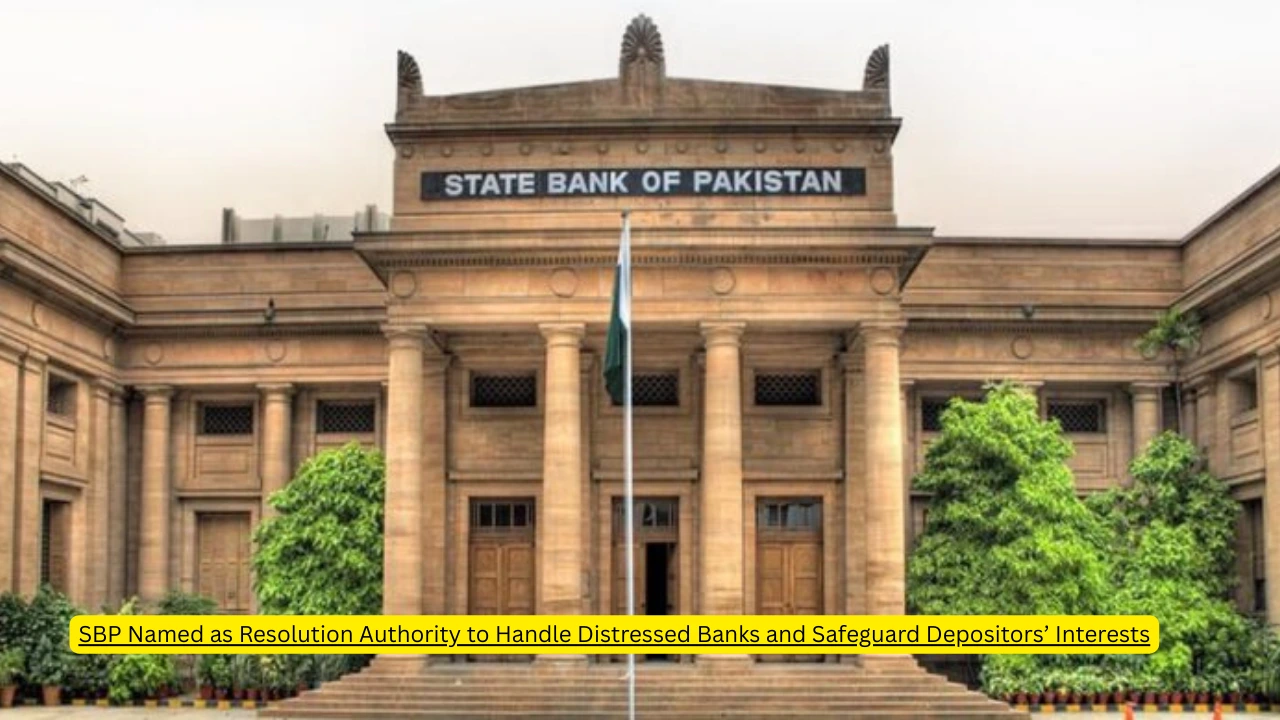Power Sector’s Debt Surge Raises Alarm in Pakistan
ISLAMABAD:
Power Sector’s circular debt climbed to a massive Rs1.6 trillion by June 30, 2025, according to the Central Power Purchasing Agency‑Guaranteed (CPPA‑G) report. This figure excludes losses from recovery shortfalls and distribution inefficiencies.
The previous day, the Power Division had told the PM that circular debt was Rs780 billion. This discrepancy surfaced when CPPA‑G CEO Rihan Akhtar presented the higher figure to NEPRA chairman Waseem Mukhtar.The CEO confirmed the reported Rs1.6 trillion excludes recovery gaps and disco losses. According to NEPRA, updated data must be submitted before the public hearing on the Quarterly Tariff Adjustment (QTA).
Power Sector’s QTA Hearing Highlights
During the hearing chaired by NEPRA members Amina Ahmed (Law) and Maqsood Anwar Khan, the CEO disclosed July and June 2025 generation data. He requested a negative Fuel Charges Adjustment (FCA) of 65 paisa/kWh, instead of the current 50 paisa/kWh. This would lead to a net tariff drop of 15 paisa/kWh nationwide.
The tariff cut excludes K‑Electric (KE) consumers, as NEPRA has not received federal directives on KE adjustments. KE had filed for Rs4.75/kWh FCA for May 2025, but a decision is still pending.NEPRA clarified that KE’s final seven-year tariff plan is now in effect. KE must file its FCA requests based on finalized rates.
Power Sector’s Performance & Industry Criticism
The National Power Control Centre (NPCC/ISMO) reported that FY24–25 peak generation reached 24,499 MW on June 26, 2025. Demand remains low due to rising solar adoption.
Industry representatives from Lahore and Karachi voiced dissatisfaction with tariffs. One textile sector consumer highlighted the gap between PM’s announced Rs7.5/kWh relief and NEPRA’s final relief of only Rs2.5/kWh.Concerns were also raised about escalating bagasse power costs, which now rival coal. Removing fertilizer subsidies from RLNG and maintaining Petroleum Levy (PL) cuts were suggested to ease rates.
A Karachi-based consumer argued solar energy’s role in reducing losses and improving revenue recovery. He remarked: “The real winners are solar panels”, highlighting their impact on efficiency.
Power Sector’s Circular Debt in Broader Context
This revelation comes as Pakistan continues managing a wider energy-sector circular debt, estimated at Rs4.9 trillion, which includes and extends beyond the power domain. As of March 2025, circular debt in power alone stood at Rs2.396 trillion. This includes payables to IPPs, fuel suppliers, and debt held by Power Holding Ltd.
However, recent figures show CPPA‑G recorded only Rs1.6 trillion, excluding shortfalls—highlighting serious recovery and reporting gaps within the sector.
What It Means: Power Sector’s Financial Health at Risk
- Massive debt undermines financial sustainability.
- Recovery shortfalls and distribution losses are dragging public finances.
- Consumers pay a Debt Service Surcharge (DSS)—currently Rs3.23/kWh—to cover debt interest, adding Rs323 billion annually
In response, the government secured a Rs1.275 trillion syndicated loan agreement with 18 commercial banks. The goal is to reduce debt from nearly Rs2.3 trillion to about Rs561 billion.
The plan includes waivers for Rs387 billion in late payment interest and budgetary subsidies for a portion of arrears.
Power Sector’s Road Ahead: Reforms Underway
Moving forward, Pakistan aims to:
- Implement tariff reforms via NEPRA QTA adjustments
- Deploy the DSS mechanism effectively to recover debt
- Enhance DISCO efficiency and reduce losses
- Pursue structural reforms such as the proposed CTBCM model to inject competition
Additionally, IMF‑backed structural reforms aim to uncap DSS and ensure repayments on schedule Power sector circular debt soars to Rs 1.6 trillion
Conclusion: Urgent Reforms Needed for Power Sector’s Stability
The latest CPPA‑G report reveals the Power Sector’s circular debt crisis. At Rs1.6 trillion, even without redefining losses, the numbers show a sector under severe stress.
Public hearings, tariff adjustments, and loan agreements may bring partial relief. But long-term sustainability relies on robust collection, operational efficiency, and systemic reform.
As Pakistan grapples with energy financing and fiscal stability, the path forward hinges on effective policy execution and transparency in the power sector. Click here for more latest news.


